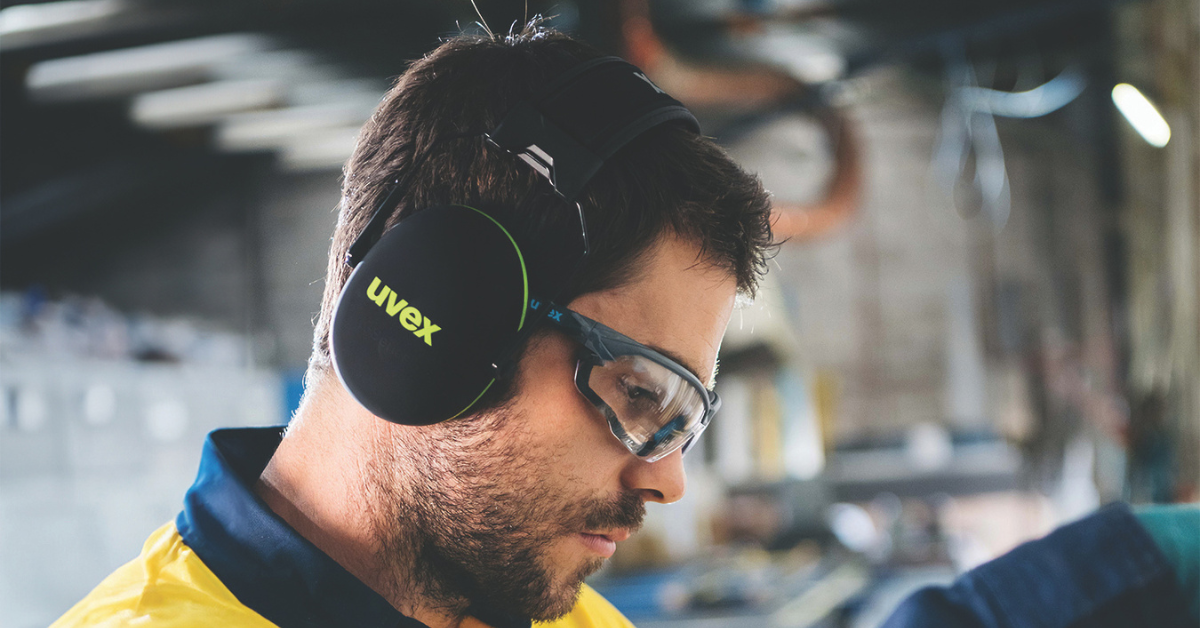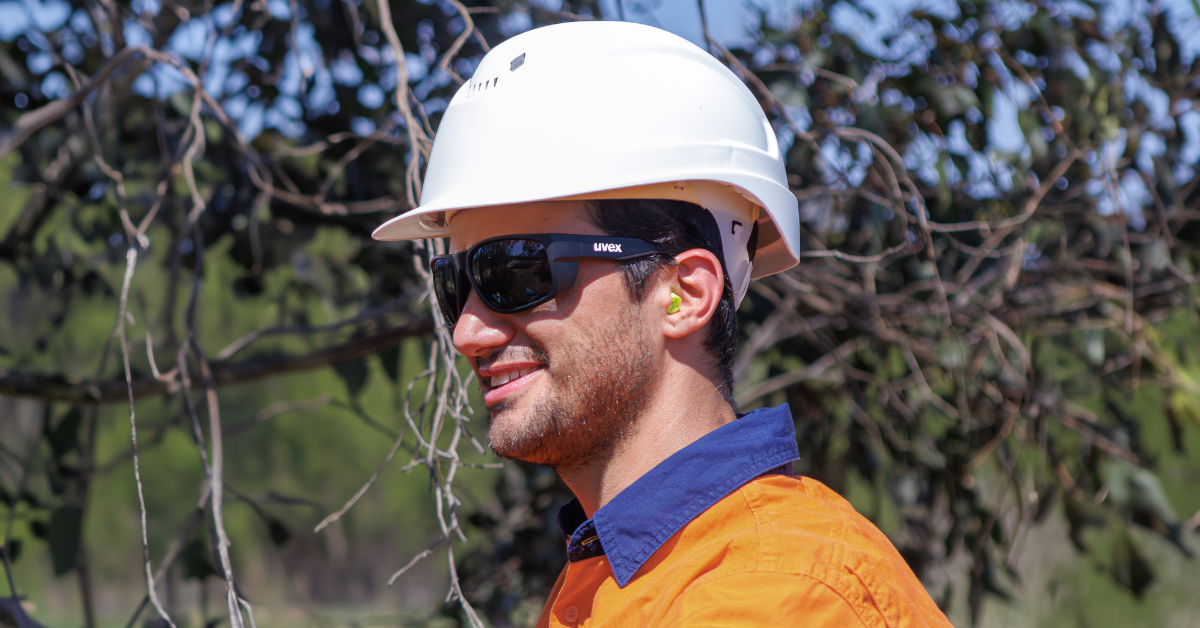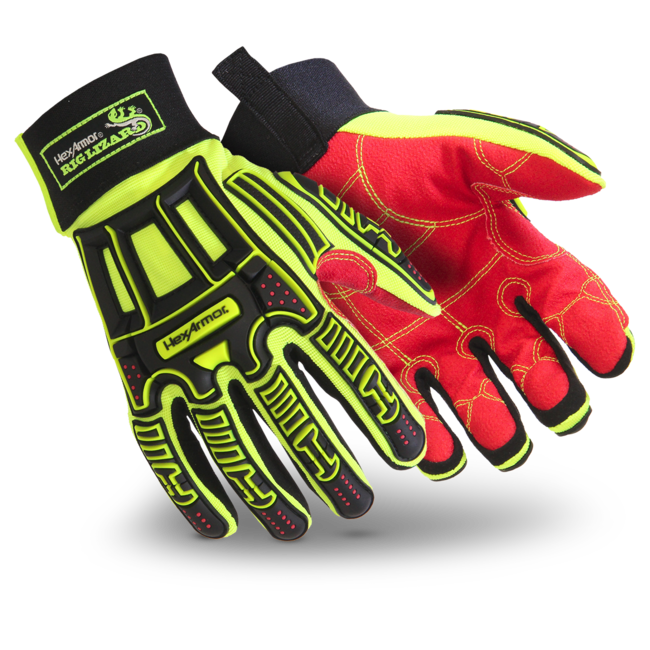The cost of workplace hearing loss – and how to prevent It
The statistics on workplace hearing damage make for grim reading. Hearing Australia’s Principal Audiologist, Karen Hirschausen says “more than 1.1...
2 min read
 uvex
:
28 February 2023
uvex
:
28 February 2023
Lower limb fatigue affects over two thirds of manufacturing workers and can impact productivity at work and general worker wellbeing outside of work. Poorly designed safety footwear is a major contributing factor to workplace fatigue, while lightweight next generation footwear can make a meaningful reduction to workplace fatigue.
When selecting safety footwear which provides the appropriate level of protection, footwear that is lightweight, flexible and has cushioning that both absorbs and returns high levels of energy should be selected to minimise lower-limb fatigue in the workplace.
The impact of fatigue on worker productivity is often only considered at the central level, however in workplaces that require prolonged standing and physically demanding tasks fatigue at the local level including the lower limb can have a major impact on productivity and worker wellbeing.
Lower limb fatigue during prolonged standing at work is considered to be caused by two factors. Repetitive and prolonged muscle contraction during the workday leads to muscular fatigue.
Hard working surfaces are also associated with increased levels of worker fatigue due to the lack of shock attenuation. Optimising footwear design to minimise fatigue generation presents the most cost effect intervention to reduce lower limb fatigue at work.
Safety and occupational footwear can play a key role in reducing workplace fatigue. Safety footwear can be manufactured with lightweight composite safety toecaps and that can be 40% lighter than steel toecaps. Due to the distal location of the toecap weight reduction in this location has the greatest impact on muscular work.
Traditionally, foam cushioning materials have either been focused on absorbing impact energy with no regard to energy return or on rebound with no consideration given to storing energy. Next generation cushioning systems such as the uvex i-PUREnrj are able to combine higher levels of energy absorption capacity in the heel region of 40.8J exceeding the EN 20345 standards by 100% and return 66% of the energy in the rearfoot and 59% of the energy in the forefoot.
This represents a 10% improvement in energy return compared to conventional PU cushioning materials and other leading safety footwear cushioning systems. Promising in house testing by uvex has shown that compared to conventional PU foam cushioning, shoes with i-PUREnrj cushioning system reduce ground contact time by 1% and while reductions in oxygen consumption vary depending on an individual gait pattern, the average reduction in oxygen consumption is 1.8%.
The integration of both shock absorbing and high energy return characteristics makes a meaningful difference to lower limb fatigue in the workplace.

The statistics on workplace hearing damage make for grim reading. Hearing Australia’s Principal Audiologist, Karen Hirschausen says “more than 1.1...

Safety glasses are a critical part of personal protective equipment (PPE) on worksites Australia-wide. But the trend towards stylish safety glasses...

A guide to ISEA 138 impact standards Following the inclusion of a performance standard for back of hand impact protection in the revised...